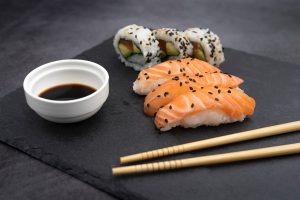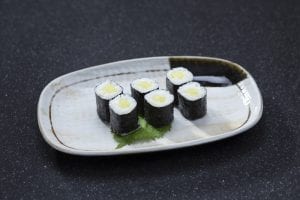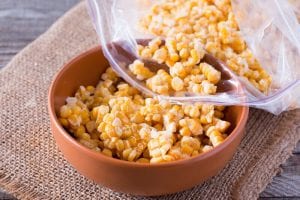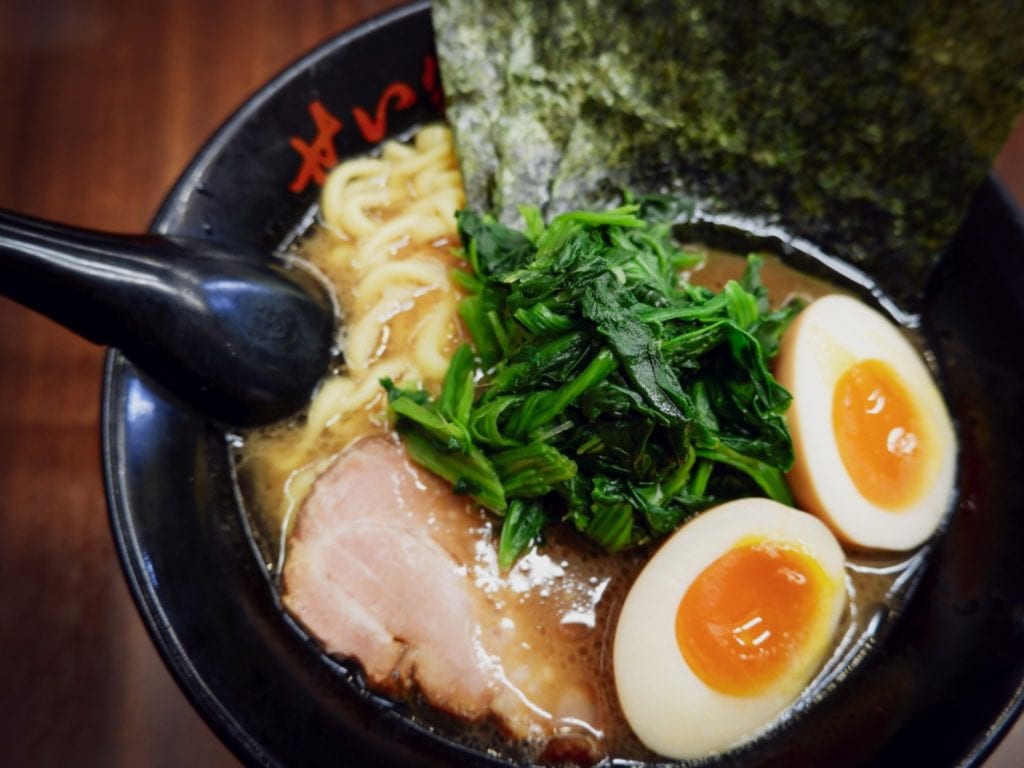
Asian cuisine has truly taken the world by storm, and the worldwide popularity of ramen is a testament to that. If you’re wondering what kind of food ramen is exactly, it’s a Japanese noodle soup traditionally made with broth, meat, and vegetables. This noodle soup is also well-known for its colorful ramen toppings. Many variations have emerged since ramen was popularized, like the (in)famous instant noodles.
No matter what kind you have at home, you can instantly spruce up your ramen with toppings of an extra ingredient or two. If you’re wondering what to put in this dish, then you’re in luck because we’ve put together an extensive list of the best ramen toppings and condiments! You can use these to garnish your instant noodles and your homemade pork or beef ramen recipe.
Traditional Ramen Toppings
This category includes common ramen toppings that you might have encountered in a traditional serving of this dish. See the list below.
Chashu
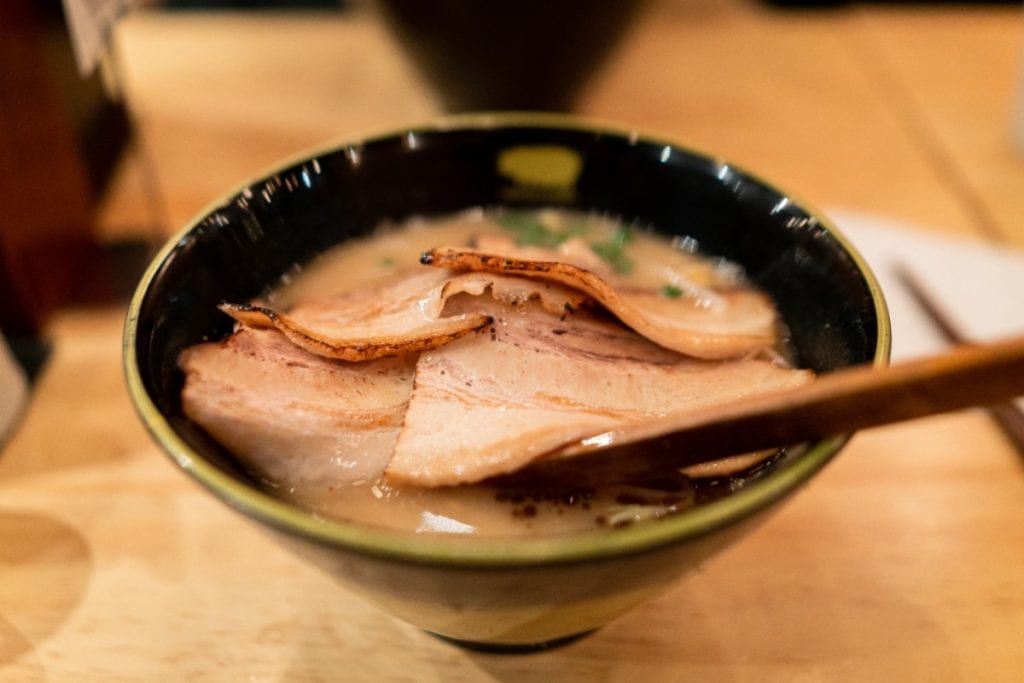
Chashu is one of the most popular tonkotsu ramen toppings in the world. Essentially, it’s a thinly cut piece of fatty pork that has been slowly simmered or braised. You may also find other varieties of this ramen meat, such as chashu beef, chicken, or duck. Two pieces of this tender ingredient are enough to tie your soup together, although you may add even more if you like.
Nori or Wakame (Dried Seaweed)
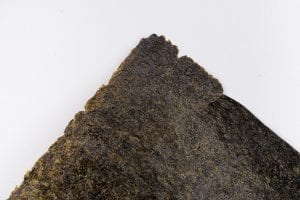
Dried seaweed is the rectangular leaf-like topping that you’ll usually see in pictures of ramen noodles. Nori, or dried red algae, is the most popular type to use. It’s sold as a flattened sheet, and it imparts a unique seafood-y taste. Dried brown algae, such as that used in wakame salad, is a possible alternative although its texture is more shriveled up.
Ajitama or Nitamago (Flavored Egg)
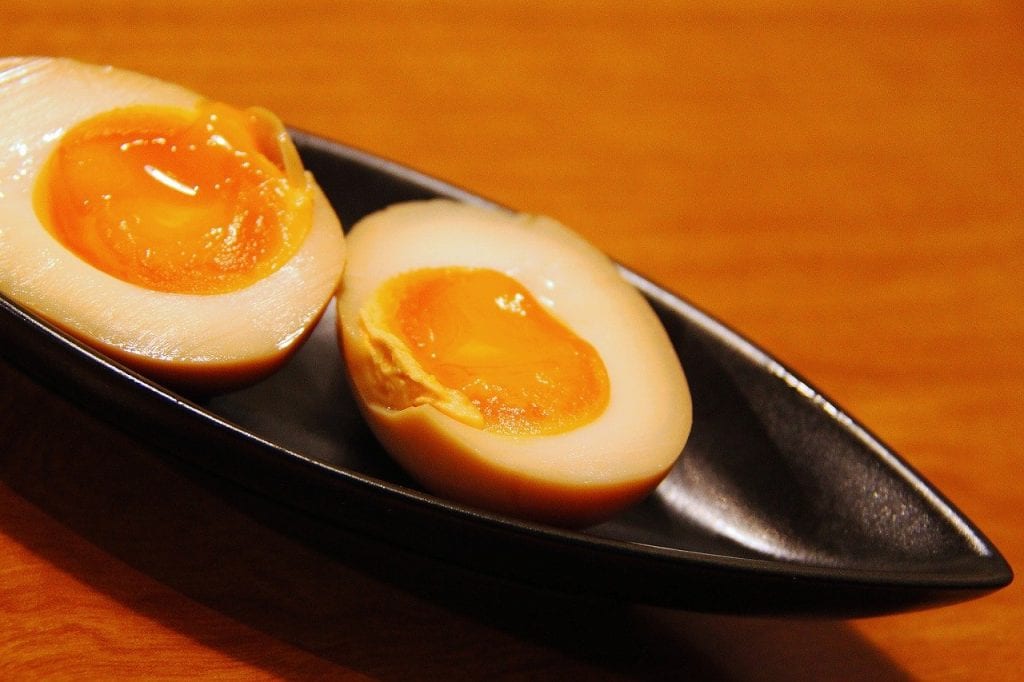
Ajitama, a type of flavored egg with a runny yolk, is a staple in most authentic ramen recipes. Unlike a regular soft-boiled egg, it has a more savory flavor and a brownish exterior. Nitamago, which is on the hard-boiled side, is also good. Hard and soft-boiled eggs are accessible protein sources for your dish. So, the next time you look for things to put into ramen, you won’t have to go any further than your fridge.
READ ALSO: Are Eggs Dairy? NO. And Here’s Why
Aonegi (Chopped Green Onions)
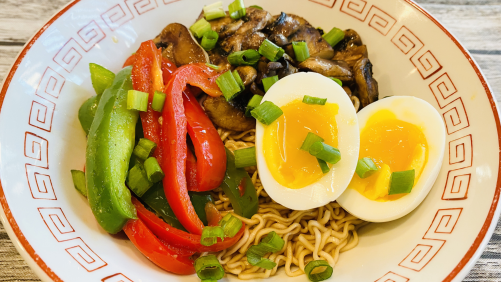
The best tonkotsu recipe would most likely call for this ingredient as a garnish. Although, aonegi (or chopped green onion) would be able to elevate any kind of good ramen recipe. This vegetable adds an aromatic quality, as well as a necessary kick of heat that isn’t overwhelming to Japanese ramen dishes.
Shiraga Negi (Julienned Green Onions)
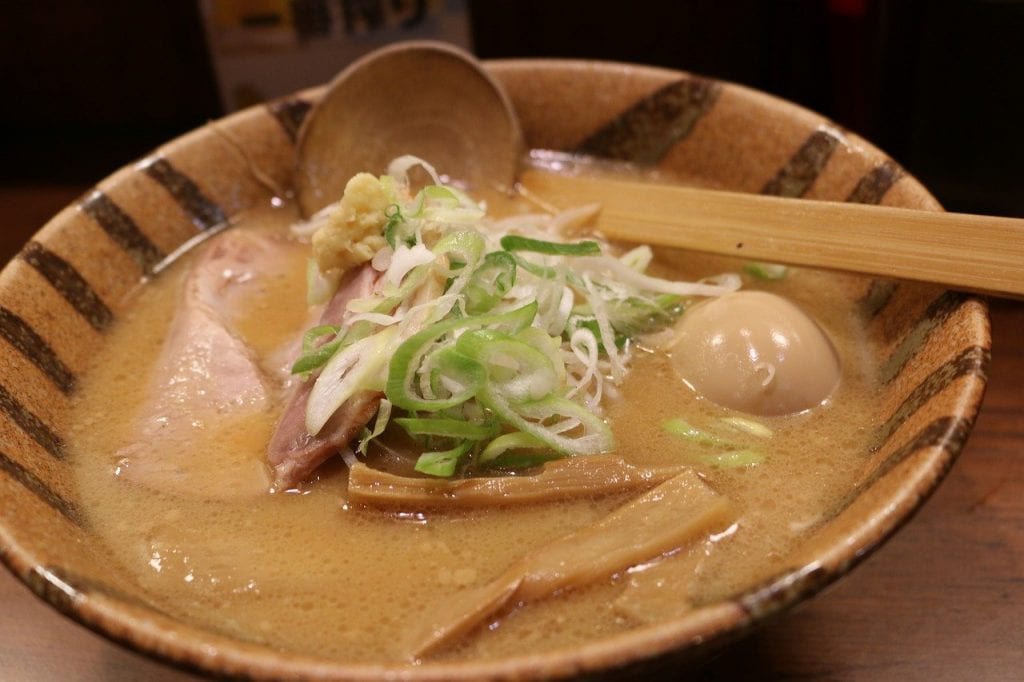
Shiraga negi or siraganegi basically refers to a specific cut of green onion. Instead of the regular circular slice, this one requires cutting scallions into thin strips (julienne). Either an aonegi or shiraga negi ramen topping would be best for different ramen noodle soup flavors. For instance, this julienned scallion is one of the standard miso ramen toppings that you wouldn’t want to miss out on.
Kamaboko (Steamed Fish Cake)
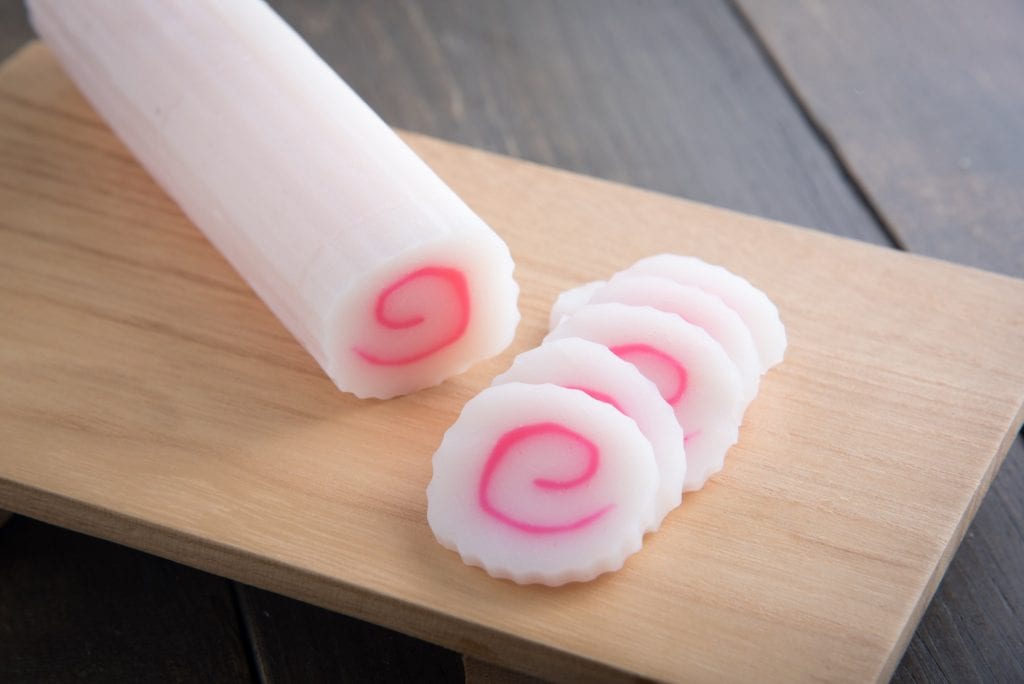
Kamaboko is a soft and chewy type of fish cake made with surimi or kane (white fish paste). It’s usually produced with white and pink parts, and it may either have a playful shape and print that makes for a kawaii or cute ramen aesthetic. The most popular variant of this fishcake is the narutomaki which has a distinct pink swirl design. A bowl of traditional Japanese ramen noodles can do without this ingredient, but a tasteful kamaboko ramen add-on is always a welcome addition.
Garlic
Garlic is the most accessible out of all the typical ramen toppings out there. It’s easy to prepare, too! You can either have it freshly grated, roasted or fried to ramp up your noodle soup’s umami flavor and give it a distinct garlicky flavor.
Sesame Seeds
Sesame seeds are some of the simplest things you can add to ramen. A dash of this ramen garnish is definitely enough to give your bowl a bit of life. It would also impart a subtle but more-than-welcome nutty flavor to your traditional ramen noodles.
Menma (Fermented Bamboo Shoots)
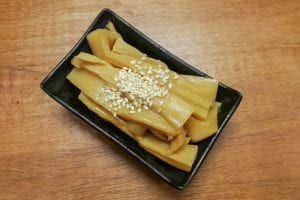
What is menma in ramen? It’s essentially fermented bamboo shoots that give off a briny flavor. Menma is among the types of ramen add-ons that are harder to find, and it’s also one of the more unique-tasting Japanese ramen ingredients! This is mainly because of the intricate process involved in how to make menma. Basically, the shoots have to undergo Lacto-fermentation, a process also done in making yogurt and even sourdough bread. Feel free to enhance your tonkotsu ramen bowl with this pickled veggie today.
Vegan Ramen Toppings
When you think about what goes well with ramen, you’ll have lots of vegan options to choose from since both fresh and pickled or fermented veggies taste great with this Asian dish. We’ve listed below some of the best toppings for ramen that are fit for a green lifestyle.
Tamanegi (Diced Onions)
Similar to garlic, tamanegi (diced onions) is one of the Japanese ramen toppings that you can easily find and prepare in your kitchen. Simply chop up your onion and sprinkle it raw onto your bowl, or you may also caramelize it first by roasting. This vegetable will add just the right touch of sweetness and mild heat to your dish.
Corn
Although it may sound peculiar, simmered corn kernels can be used as toppings for ramen. In fact, corn is a popular add-on in iterations of miso noodle soup in northern Japan (Hokkaido specifically). These simmered kernels will add a pop of color and bursts of sweetness to your food.
Bok choy or Chinese Spinach
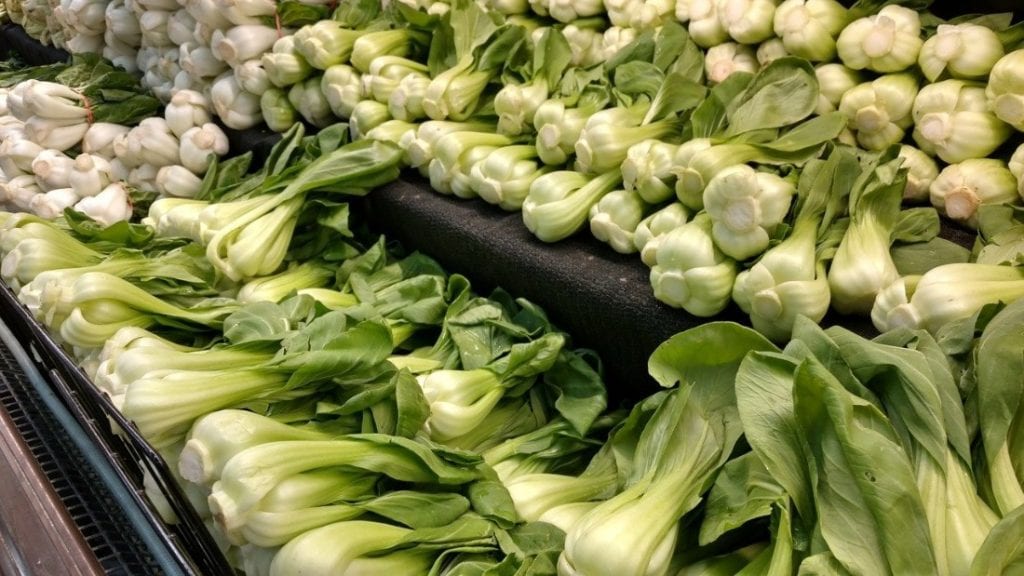
This is the stuff to add to ramen if you want to down your leafy greens while enjoying a bowl of warm, hearty soup. The leaves of cooked bok choy (Chinese cabbage) and Chinese spinach turn very tender, while their stems stay incredibly crunchy to provide some contrast to the texture of your dish.
Kyabetsu (Cabbage)
For another leafy-green ramen topping, you can also shred cabbage and use it to garnish your dish. Unlike bok choy and Chinese spinach, this is a lot more accessible in supermarkets. While it may not contribute much flavor-wise, this veggie will add a much-needed crunchy (and healthy) element to your soup!
Moyashi (Bean Sprouts)
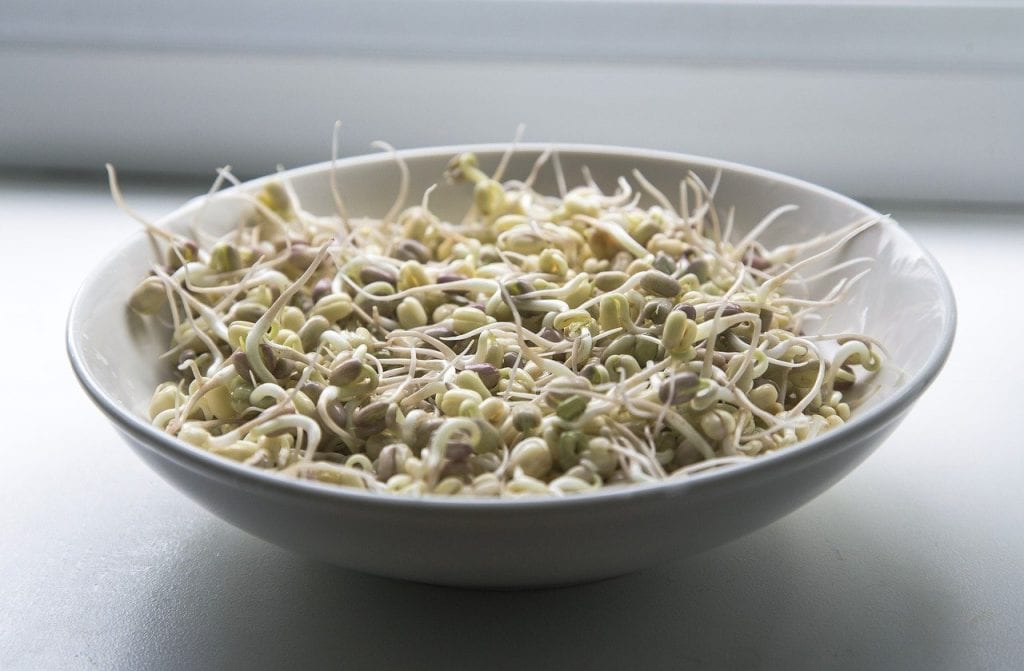
Moyashi is the Japanese term for raw or cooked bean sprouts. This is a common Asian ingredient that is fundamentally just mung beans that have been sprouted and harvested before reaching full maturity, hence the name. It imparts a sweet and nutty flavor to dishes, and it’s delicious in any type of classic ramen.
Kaiware (Radish Sprouts)
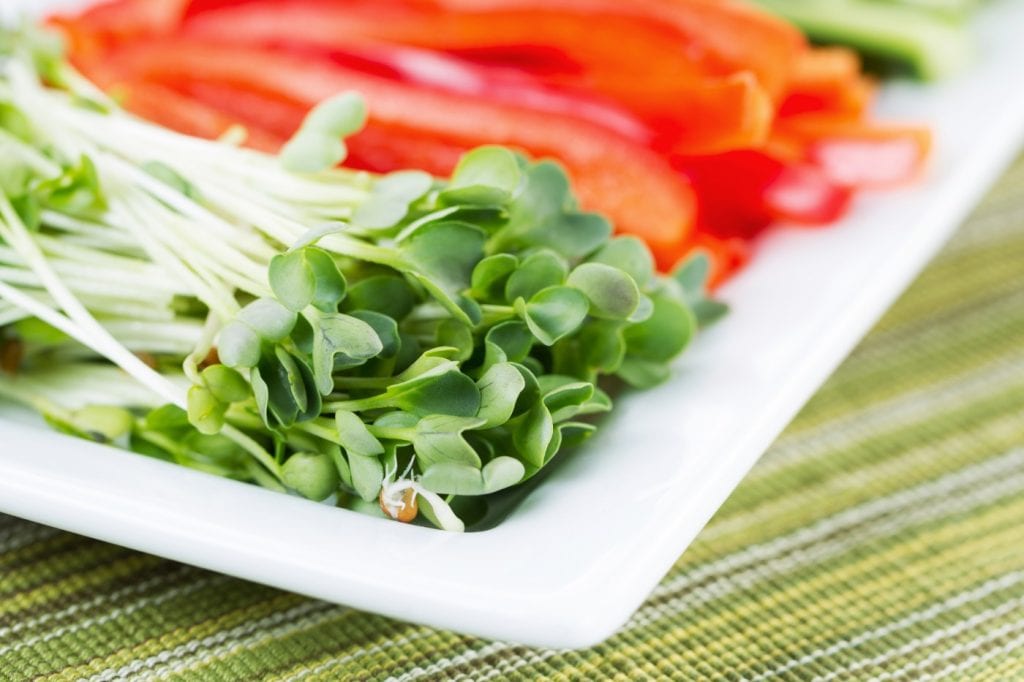
Kaiware refers to radish sprouts. Similar to bean sprouts, these are harvested immediately when their shoots grow long enough. This ramen topping has a particular taste that is mild and peppery, so it’s definitely a must-try if you prefer to have your noodles with a bit of a punch.
Daikon Oroshi (Ground Daikon Radish)
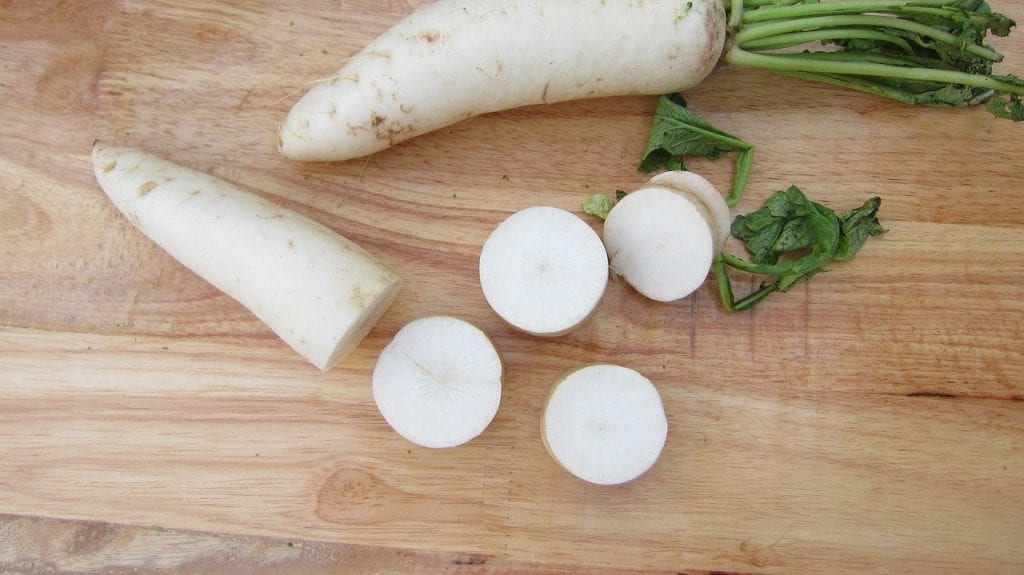
If you like your ramen spicy, then you’ll definitely benefit from stirring in daikon oroshi or ground daikon radish into your bowl. Not only will this white radish varietal tingle your taste buds with heat, but it will also impart a uniquely zesty and mildly sweet flavor to your food.
Kikurage (Wood Ear Mushrooms)
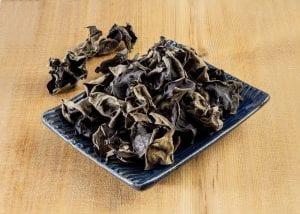
This is a popular ramen garnish, so you might have seen it in the menus of your favorite Japanese restaurants. But what is kikurage, exactly? It’s a common type of edible mushroom, also known as “wood ear.” They offer a delicately earthy flavor and a chewy texture. To use it for a kikurage recipe, simply soak the dried mushroom in water and slice it into strips.
Shiitake Mushrooms
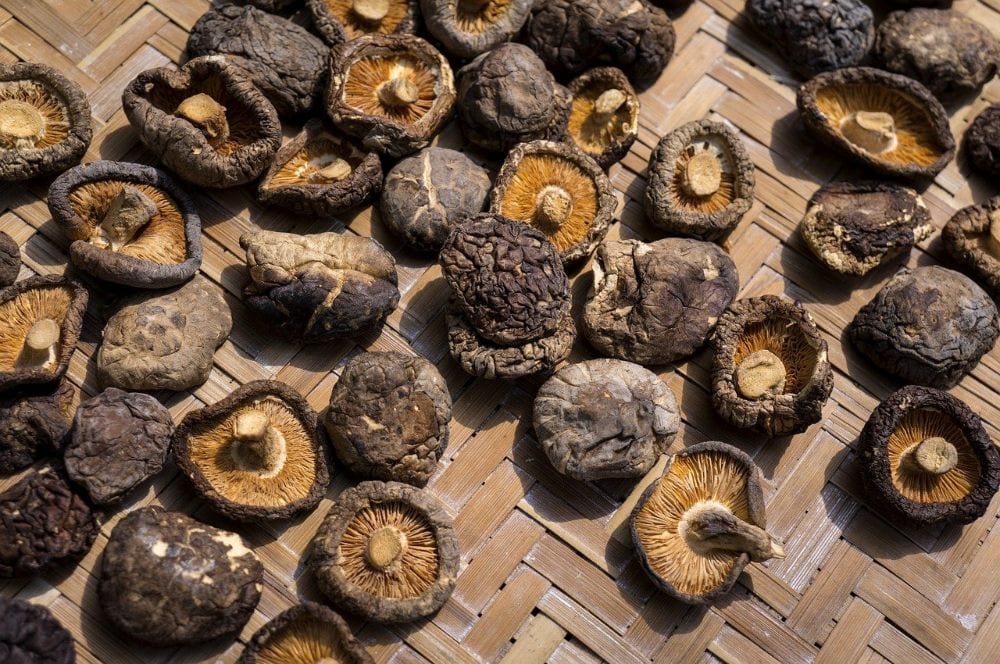
Shiitake mushrooms may not be one of the more traditional additions to ramen, but it would definitely make for a one-of-a-kind food experience. Along with tofu and nuts, mushrooms are a good source of vegan-friendly protein. Flavor-wise, they bring something special to the table, too! This varietal, in particular, is well-known for its strong and earthy essence—definitely a tasty addition to your instant pot ramen.
Beni Shōga (Pickled Ginger)
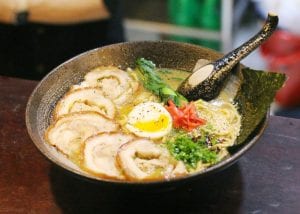
Beni shoga, or pickled ginger, is one of the many kinds of tsukemono or Japanese preserved vegetables. It’s made with ginger pickled in a special brine solution called umezu that has been dyed with red perilla leaves. As you can expect, this red ramen topping is incredibly sour and pungent.
Karashi Takana (Spicy Pickled Mustard Greens)
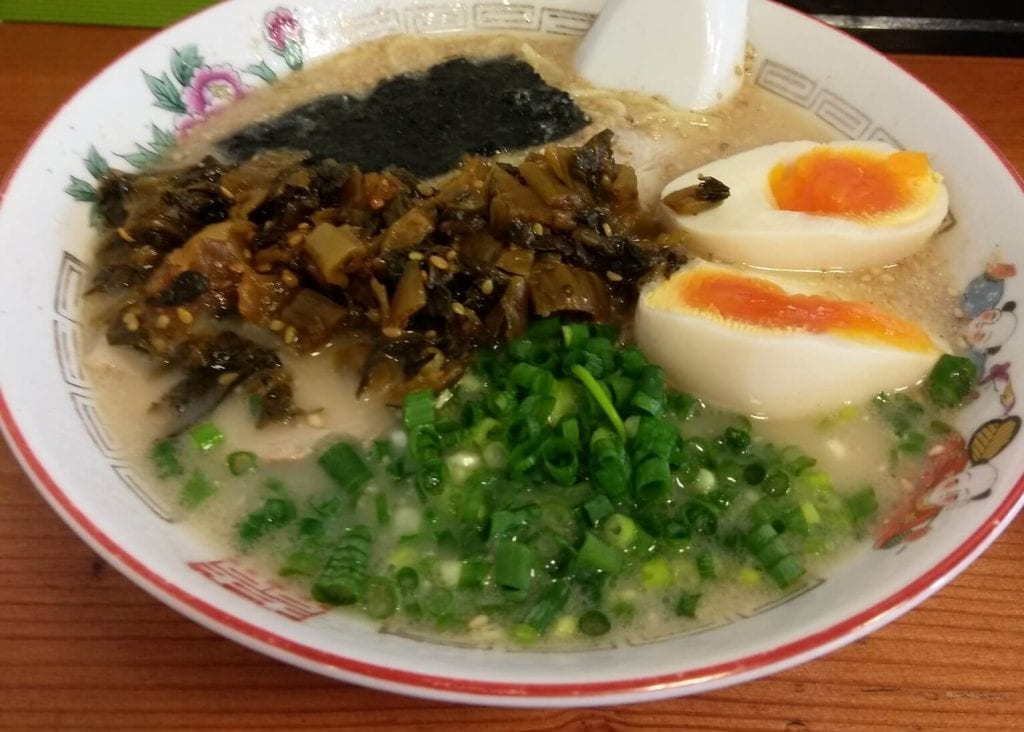
Flickr | nakashi
A mustard-ramen combination may not sound appetizing at first, but this Japanese preserve might just change your mind. Karashi takana is actually the name for the pickled combination of spicy Takana mustard and chili. Give your noodle soup a satisfying crunch and a kick of spice with this karashi takana ramen topping.
Umeboshi (Pickled Plum)

Last but not least on this vegan ramen ingredients list is umeboshi or pickled Japanese plum. You’ll find this preserve in recipes for some regional ramen recipes, like that of Asahikawa in the Hokkaido prefecture. This briny pickled fruit tastes great in instant noodles, too!
Seafood and Meat for Ramen Soup
Aside from veggies, seafood and meat are great ramen soup toppings. Not only are they excellent sources of protein, but they also have a savory and umami quality that just clicks with broth. Here are some common ramen ingredients to try:
Smoked Oysters
Smoked oysters are a convenient seafood option because you can easily find them in the “canned goods” aisles of most supermarkets. This may not be on the top of your list when you think about what’s in ramen, but it’s definitely a quick and accessible option for dressing up your soup. You may also opt to make some yourself if you’re particular about freshness.
Shijimi Clams
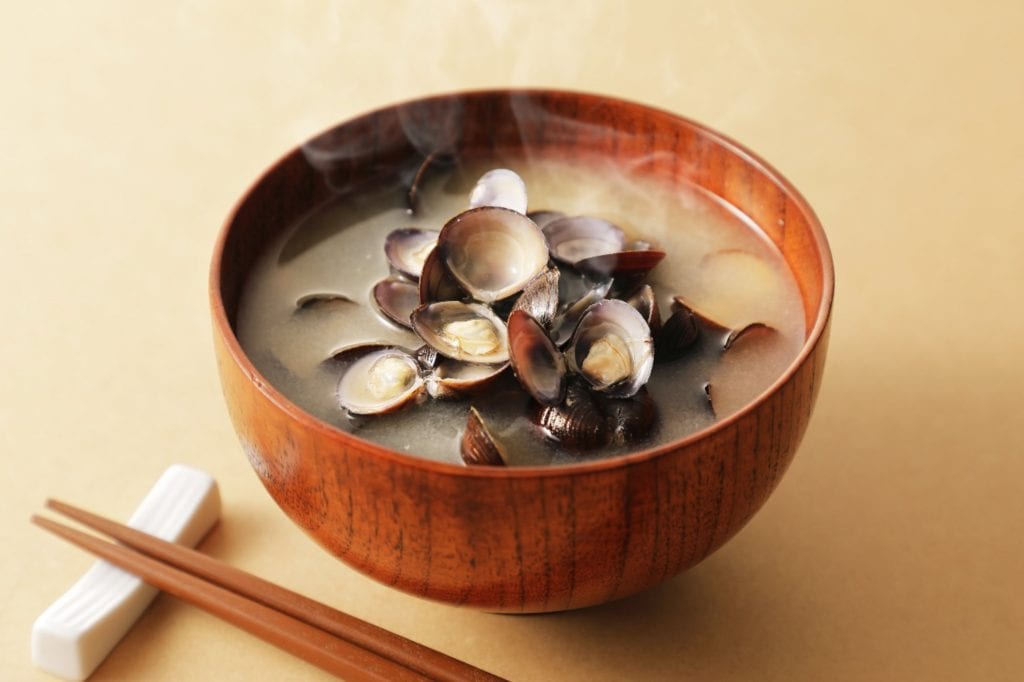
Shijimi clams are a staple in Japanese cuisine. In fact, the Shimane prefecture has a local Japanese seafood ramen recipe where this ingredient is the star. These clams turn soupy when cooked, and they taste very rich with umami flavor.
Wontons (Dumplings)

Nukelar Burrito | Flickr
Running out of ramen topping ideas? Why not try having wonton dumplings with your noodle soup for a Cantonese-Japanese fusion that you’ll surely enjoy. In typical wonton dumpling recipes, the wrapper is stuffed with a minced pork filling. So, the meaty element of this ingredient would definitely work well with your dish.
READ ALSO: How to Use a Bamboo Steamer
Kakuni (Square Simmered Pork)
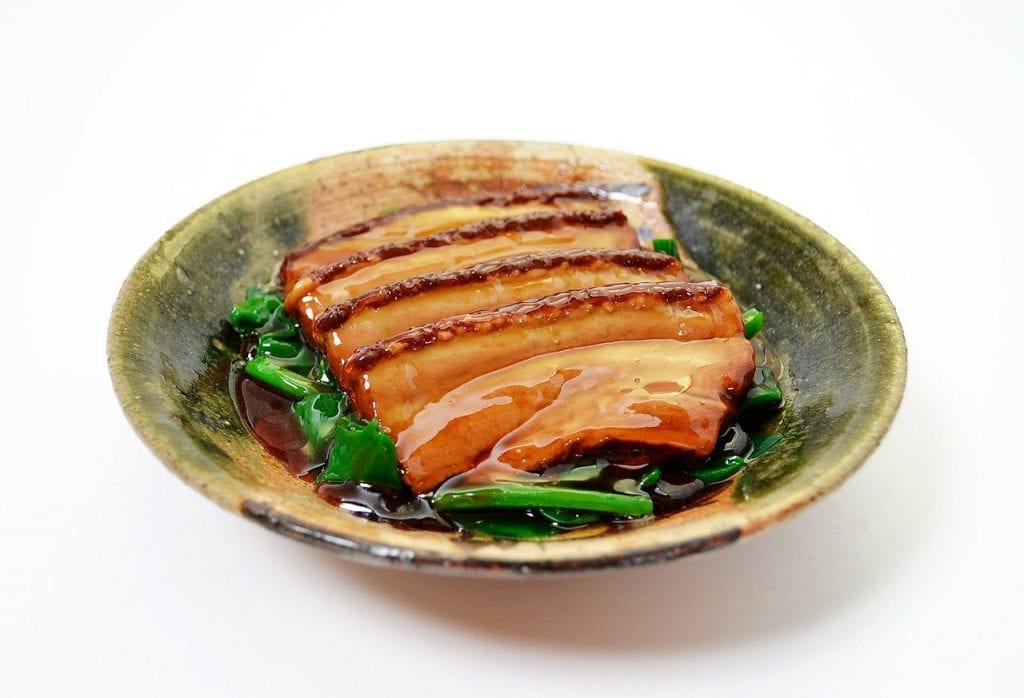
Kakuni is Japanese for “square simmered.” This is another popular type of ramen meat that you can use to amplify the savoriness of your soup. The main difference between kakuni vs chashu is that it’s specifically taken from the pork belly, whereas the latter can be from any part of the pig. By tradition, kakuni is cut into squares and then braised for serving.
Niku Soboro (Ground Meat)
Niku soboro, meaning “ground meat,” is one of the easiest meat toppings you can prepare at home. This savory ingredient is particularly best incorporated into a creamy bowl of miso ramen, but you’re absolutely free to experiment with other pork soboro and ramen combinations.
Instant Ramen Toppings From Your Pantry
Homemade ramen doesn’t have to mean making the noodle soup from scratch. Sometimes, you just want to whip up instant ramen for a quick meal — which is absolutely normal! That doesn’t mean that you won’t be able to enhance the dish with other ingredients. We’ve put together some ideas for ramen toppings that you probably already have at home:
Butter
This ingredient may not be for a traditional Japanese ramen recipe, but it totally makes sense for an experimental rendition of the dish! The comforting taste of butter melds incredibly well with the savory quality of this noodle soup, and it helps turn your regular packet of instant ramen into a lusciously silky and creamy meal.
READ ALSO: 15 Top Butter Dishes To Keep Your Butter Fresh
American Cheese
Your cheese singles are no longer just for sandwiches because incredibly satisfying cheesy ramen is a thing! Simply slide this dairy product into a hot bowl of instant ramen, and let it melt completely. Stir the broth until the ingredient is fully incorporated, and enjoy a creamy and cheesy noodle soup without much effort.
Spam

Your pantry is full of unconventional ramen ideas waiting to happen, and a Spam-topped noodle soup is only one of them. This broth and spiced ham combination is perfect if you’re missing the meaty element in instant ramen. All you have to do is fry a slice or two of Spam for a tasty and easy ramen topping.
Lime
This is another one of those unusual things to add to ramen that works surprisingly well. It actually makes sense, because the tanginess of lime juice perfectly complements the savory quality of ramen broth. Squeeze the juice of this citrus fruit onto your ramen broth and stir them together for a noodle soup with well-balanced flavors.
Kimchi
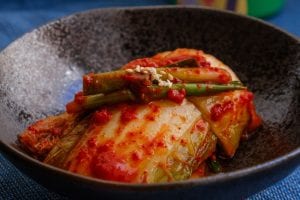
Does a Korean-Japanese fusion appeal to your taste buds? If so, then you might want to try topping your instant noodles with Napa cabbage or bok choy kimchi. Out of all the ingredients in this pantry ramen guide, this may not be as ordinary. Nonetheless, kimchi is widely available and celebrated in the US because of its inimitable pungent smell and sour taste.
Sriracha
Transform your ordinary instant noodle soup into a slightly fancy ramen experience with a dash of this hot sauce. Sriracha is a staple in Vietnamese and Thai dishes, but you can also have it with your quick bowl of ramen. Don’t worry about it producing weird ramen flavors because sriracha has a pronounced sweet, tangy, and garlicky taste that’ll taste delicious with your noodle broth.
Ramen Condiments to Explore
In your exploration of what goes well with ramen noodles, you’ll find that there are a lot of ingredients to experiment with. This section is dedicated to those that may not be considered toppings per se, but condiments that can make your broth instantly better. Browse this short ramen ingredients list for more information.
Rayu (Chili Oil)
Chili oil is one of the most common ramen additions. Rayu, in particular, is a popular Japanese condiment made with spicy sesame oil that you can also have with gyoza and other local dishes. Add a kick to your bowl of ramen with this spicy ingredient.
READ ALSO: How To Dispose Of Cooking Oil Properly
Mayu (Black Garlic Oil)
This is one of the more traditional ingredients in ramen. Mayu, or black garlic oil, is actually just a blend of burnt garlic cloves in canola and toasted sesame oil. Mayu is one of the best ramen condiments to drizzle over a bowl of tonkotsu ramen noodles because its earthy and smoky flavor adds so much depth to its broth.
Sesame Oil
Sesame oil is a good addition to your elevated instant ramen bowl recipe. A dash of this condiment is enough for its special nutty flavor to do wonders to your quick chicken ramen.
Doenjang (Miso Paste)
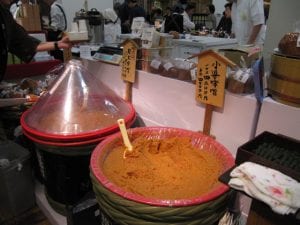
Kari Sullivan | Wikimedia Commons
Miso is among the most popular in a standard ramen noodle flavor list, so it’s not surprising that doenjang or miso paste is a great addition to this Asian noodle soup. Notably, you can stir more doenjang into your instant ramen to bump up the sweet, tangy, and savory element of your dish.
Gochujang (Red Chili Paste)
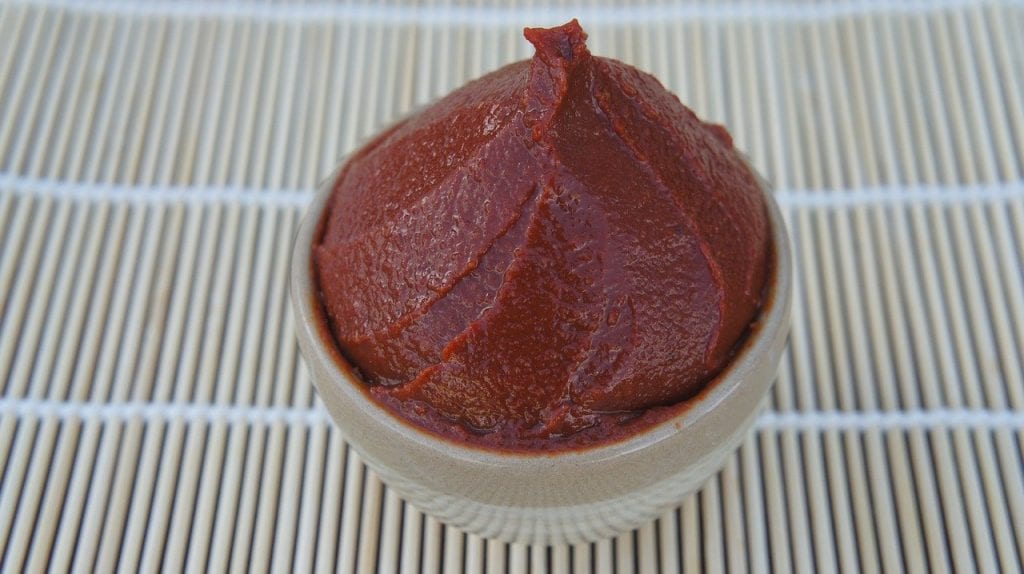
This Korean condiment is the stuff to put in ramen, especially if you like Asian cuisine fusions. Gochujang is made with fermented soybeans, rice, salt, and red chili peppers so aside from the heat, it has a pronounced umami quality that would perfectly blend in with your ramen broth.
Yuzu Kosho (Fermented Yuzu and Chili Paste)
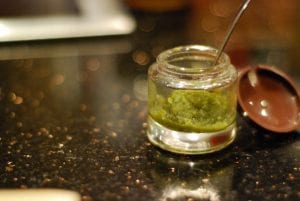
Burnt Fat | Flickr
Yuzu kosho is a fermented paste made with chili peppers, yuzu peel, and salt. This seasoning is a common alternative to wasabi, but you can stir this into your ramen broth for a refreshing pop of citrus and a kick of heat.
Furikake (Dry Japanese Condiment)
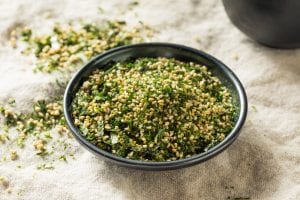
Furikake is a traditional Japanese condiment commonly used to garnish and flavor food items like rice, and it can add a sweet and salty depth to your ramen broth. The furikake blend is typically composed of dried fish, sesame seeds, sugar, salt, MSG, and small pieces of seaweed. You can get it pre-mixed in Asian supermarkets.
Shichimi Togarashi (Japanese 7-Spice Blend)
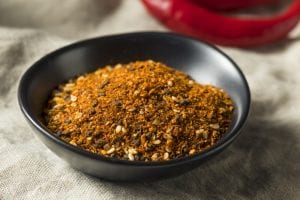
Shichimi togarashi is what to put on ramen noodles for a salvo of spicy ingredients. Although the mixture may vary, shichimi is typically composed of seven items, namely chili peppers, Sichuan peppercorns, dried orange peel, black and white sesame seeds, ground ginger, poppy seeds, and dried seaweed. Try it out for a kick of umami heat in your noodle soup!
Elevate Your Noodle Soup With These Ramen Toppings
Now that you’ve been acquainted with lots of ramen garnishes, you won’t get stuck thinking about what goes good in the noodle soup the next time you crave it. Feel free to mix and match, or select one or two ingredients from our ramen toppings list to stir into your next meal.
